In firearms development, for every remarkable success, there are countless unsuccessful, ridiculous, and sometimes even absurd designs created during the prototyping stage. 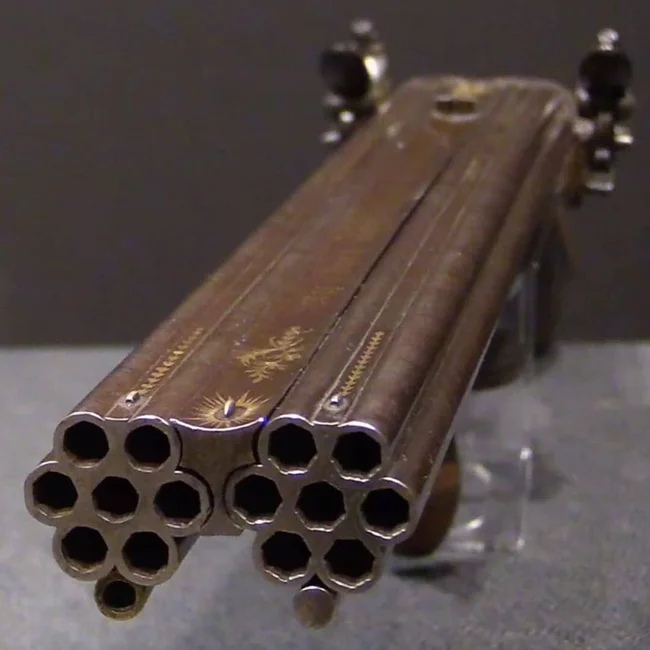
Whether the result of poor engineering, questionable ergonomics, or simply overly innovative ideas, these weapons seem to represent an unfinished stage in their own development.
From shotguns that could have killed their owners to bizarre carbines, today we'll look at 8 of the most ridiculous guns that somehow made it into production. These aren't just engineering oddities—they're reminders that innovation often requires a balance between genius and madness.
Winchester Model 1911 SL – "The Widowmaker" 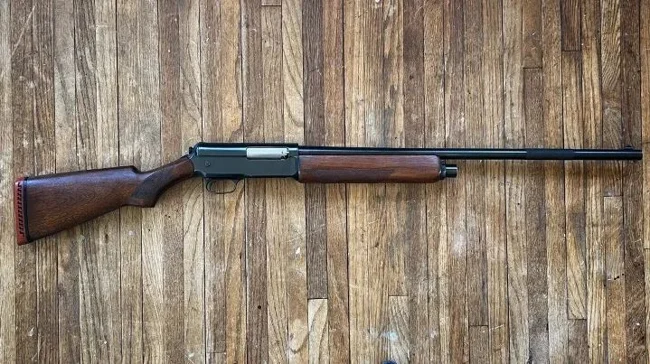
The Winchester Model 1911 SL has been nicknamed the "Widowmaker," though there's no evidence to support this, and it's more of a fictional invention than anything else. This 12-gauge semiautomatic shotgun was born out of a business misunderstanding between Winchester and John Browning, who brought his Auto-5 model to the Belgian gunmaker FN after Winchester refused to pay him his due royalties.
Winchester needed its own design to avoid the consequences of using Browning's patents. So what was the solution? Eliminate the charging handle entirely. Instead, users loaded the gun by grasping the knurled portion of the barrel and pulling it straight back. Winchester recommended holding the buttstock against the hip or using the free hand to hold the buttstock during this maneuver.
While clumsy by today's standards, there's little historical evidence that these guns actually killed users, as their nickname suggests. The SL 1911 was produced from 1911 to 1925, with approximately 82,000 units manufactured before Winchester switched to more traditional designs. It's a classic example of a solution that creates new problems.
Calico Carbine 
Nothing quite screams "1980s sci-fi prop" like the Calico, with its bizarre helical magazine on top of the receiver. This unusual firearm features a cylindrical magazine in which the cartridges are arranged in a spiral around a central axis, providing an impressive capacity of 50 or 100 rounds.
Despite its innovation, the Calico system was the epitome of capriciousness. The magazines were notorious for being difficult to load, prone to jamming, and expensive to replace. The weapon used a roller-delayed blowback system similar to the H&K design, but reliability remained an issue throughout production.
Despite its problems, the Calico weapon gained a cult following and made numerous appearances in films such as Total Recall and Space Mutiny. These weapons were available in pistol and carbine formats and chambered for 9mm and .22LR cartridges. However, the weapon never achieved widespread popularity due to its complexity and unusual ergonomics.
Hamilton No. 27 Rifle 
The Hamilton Model No. 27 rifle, developed by C.J. Hamilton & Son in Plymouth, Michigan, was a highly sought-after rifle and was produced from 1907 to 1930. During this time, more than 500,000 units were produced.
The single-shot Model 27 rifles with a breakaway barrel were so common that they were given away as gifts to buyers of Plymouth windmills and were even sold in the Sears & Roebuck catalog. They were sometimes given away as promotional gifts along with sacks of seed corn, earning them the nickname "seed corn gun." This is a perfect example of how a quirky marketing ploy can sometimes trump functionality.
M4 Survival Rifle 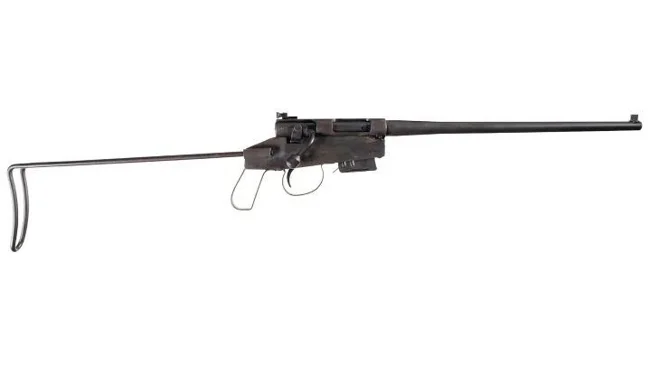
The M4 Survival Rifle looks like it was assembled from parts found at a hardware store—and that's perfectly in keeping with the design philosophy. Created after World War II as a survival tool for downed aircraft crews, this spartanly simple and understated .22 Hornet bolt-action rifle prioritizes compact storage over comfort.
Manufactured by Harrington & Richardson, the M4 featured a 356 mm (14.5 in) barrel that could be detached from the receiver and a wire stock that folded for transport and storage. The entire assembly folded to a length of just 356 mm (14.5 in) and weighed just 1.8 kg (4.1 lbs). The trigger guard was a simple strip of metal, and the sights were primitive at best.
Interestingly, the rifle used military-grade ammunition with hollow-point bullets, but with strict warnings against using them on enemy personnel, in order to comply with the Hague Convention. The M4 was later replaced by the M6 Aircrew Survival Weapon, but remains a fascinating example of minimalist firearms design.
Bushmaster Arm Pistol 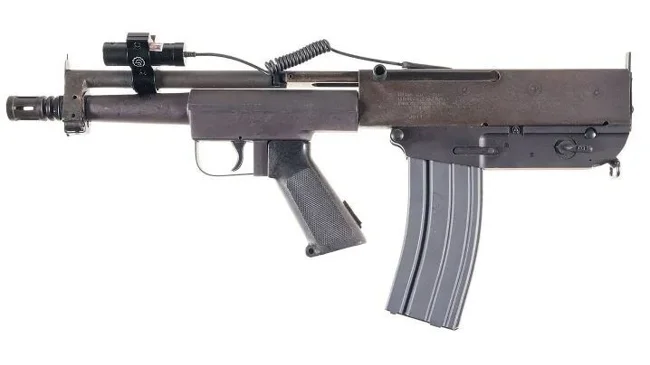
The Bushmaster Arm Pistol fell into a gray area of weapon classification, being too large to be a pistol but too small to be a rifle, qualifying it either as a long-barreled pistol (according to the American legal definition of a pistol) or a compact carbine. Designed in the early 1970s as a potential survival weapon for pilots, this odd creation was essentially an AR-15 shrunk down to pistol size.
The Arm Pistol, chambered for 5.56mm NATO, combined AR-15 elements with an AK-style long-stroke gas piston. Its design utilized some AR-15 components, including the bolt and firing pin, and accepted standard STANAG magazines.
Without a stock, the weapon was extremely difficult to aim effectively, and the short barrel significantly reduced the ballistic performance of the 5.56mm round. Only about 2,000 were manufactured before production ceased in 1991. Today, they are collector's items, demonstrating that "compact" doesn't always mean "better."
Greener Police Shotgun 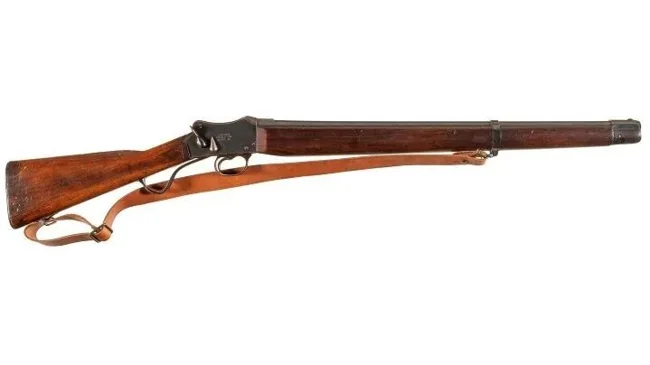
The Greener Police Shotgun wasn't just a firearm; it was nothing less than an instrument of colonial control. Developed for British colonial police forces in the early 20th century, and especially common in China and Egypt, this single-shot shotgun featured a unique safety system.
What made the Greener truly unique was its proprietary ammunition system. Each round required a special ring groove machined into its base, which matched two lugs located in the breech. Without this groove, the bolt could not close. Such was the clever trick.
Anyone who seized or stole the gun could not use it with standard ammunition—effectively rendering the gun useless if it fell into the wrong hands. It is one of the few firearms specifically designed with built-in limitations, rather than enhanced capabilities.
Ljutic Space Gun 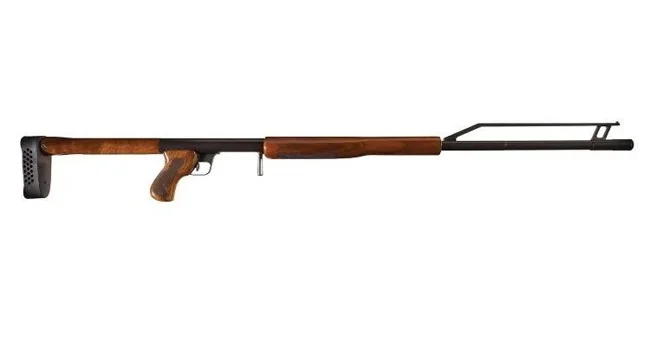
The Ljutic Space Gun isn't called that because of some sci-fi marketing gimmick. It's much more mundane—its creator, Al Ljutic, literally named it that because it reminded him of something from another planet.
Designed specifically for competitive clay pigeon shooting, this single-shot 12-gauge shotgun features a distinctive stock and odd receiver geometry that would be more at home in a sci-fi movie than at the shooting range. But the odd appearance served its purpose—the linear design kept the barrel aligned with the shooter's eye, directing recoil at a downward angle and promoting better weapon control.
Only about 200 space guns were produced, and Lewtic later focused on its more traditional Mono-Gun design. Despite its alien appearance, this model was highly praised for its effectiveness. It's a rare case of a weapon that looks genuinely odd but performs exceptionally well precisely because of its unusual design.
High Standard Model 10 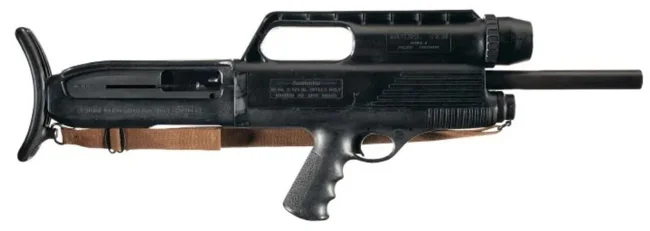
This weapon looks like the child of a rifle and a goldfish. Designed in the late 1950s by Police Sergeant Alfred Crouch, this gas-operated semi-automatic shotgun used a bullpup configuration decades before it became fashionable.
Available in two models—the 10A with a built-in flashlight and the 10B with a mount for a detachable flashlight—the square-rectangular design was intended for tactical police units. The shotgun featured a rotating stock and was only capable of being fired from the right shoulder due to aggressive ejection to the right—the weapon itself literally contained a warning against firing it any other way.
Despite its futuristic appearance for its time, the Model 10 suffered from reliability issues, awkward controls, and a heavy trigger pull. Only a few police units used the shotgun, but even they soon abandoned it. This weapon is an example of an ambitious, yet underdeveloped and premature, compact tactical shotgun project.
Pepperbox 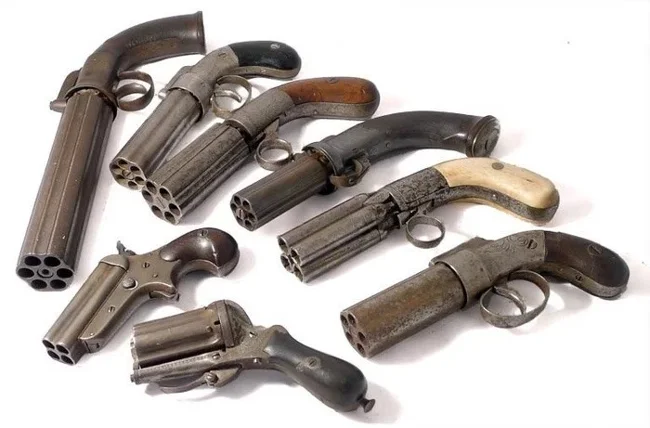
The pepperbox is a multi-barrel pistol with a rotating barrel block. While it lacks a cylinder as such, the revolver half is hinged. The invention of the cap lock was a major impetus for their development, as its presence gave proto-revolvers an advantage in continuous fire. However, this type of firearm was never truly perfected, due to the emergence of the classic revolver in the first half of the 19th century, which featured a modernization device that automatically rotated the cylinder after each shot. As a result, pepperbox pistols became collector favorites, but proved unsuccessful when used for their intended purpose.
Colt 1855 Revolving Rifle 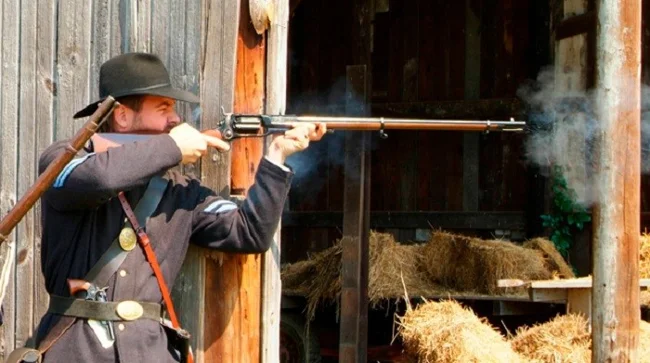
It would seem that if the famous 19th-century American inventor Samuel Colt succeeded in creating a six-shot, quick-reloading revolver that quickly became a classic for this type of firearm, then he would be just as good for other types of firearms. However, in reality, things turned out differently, and the designer's decision to transfer such a successful solution to a rifle, which resulted in the Colt 1855 Revolving Rifle, cannot be called a success. The most noticeable problem with this model, in every sense, was the fact that the revolver cylinder produced excessive noise when firing. While this noise was acceptable for a gun held at arm's length, it was so close to the face with a rifle that it became downright dangerous, especially if an unpleasant situation occurred such as a mechanical failure or a cartridge detonating in the cylinder. Ultimately, production of the Colt 1855 Revolving Rifle stopped at the 1,000-unit mark, and then focused on more successful variants.
Deer Gun 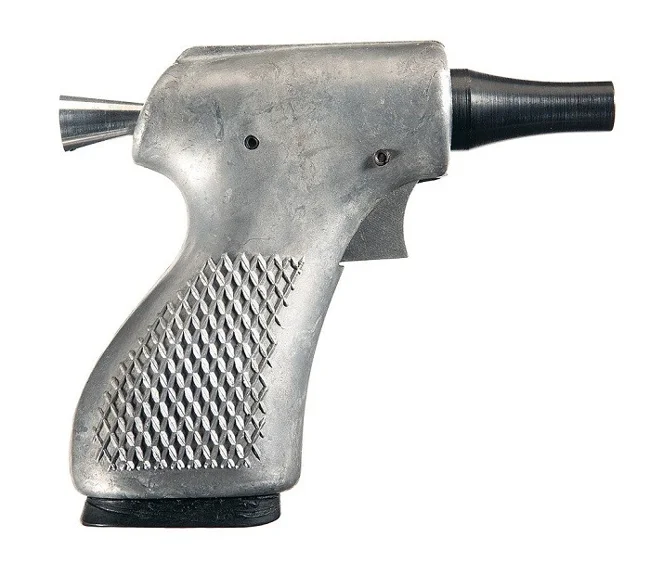
Creating weapons for special services presents its own set of challenges for engineers, as they require a number of non-standard features. Among such unconventional concepts, the single-shot weapon remains the most relevant idea of all time. Arguably, every country tries to equip its agents with pistols for concealed carry and emergency use. The CIA, for example, actively developed such pistols, a prime example of which was the "Deer Gun," chambered for the 9x19 Parabellum cartridge. However, this concept never achieved success, simply because it did not effectively perform its primary functions: despite the fact that it contained three rounds, reloading was quite problematic and difficult. Furthermore, firing it did not guarantee the elimination of the target, even if the bullet hit the head.
Add your comment
You might be interested in:






















